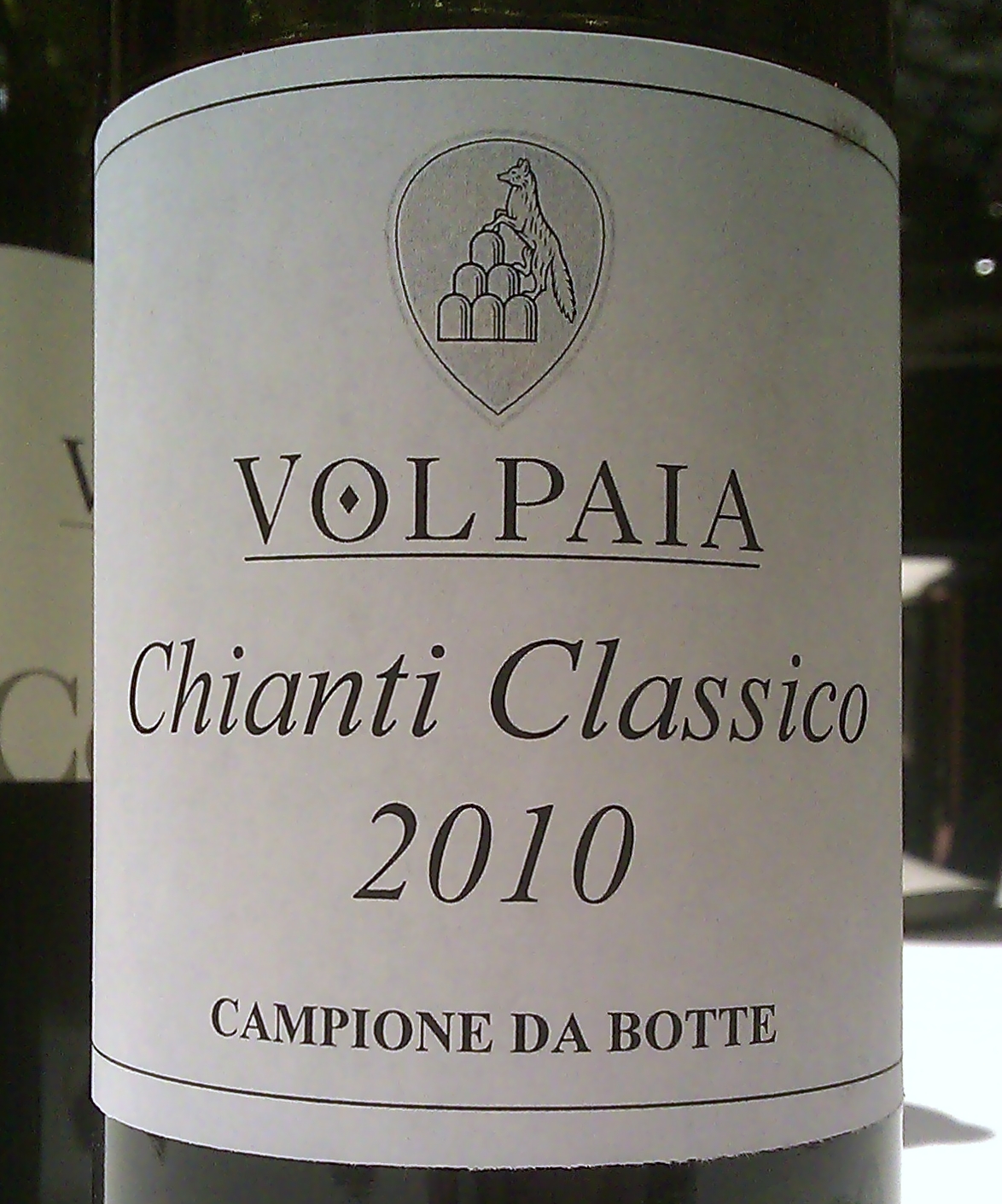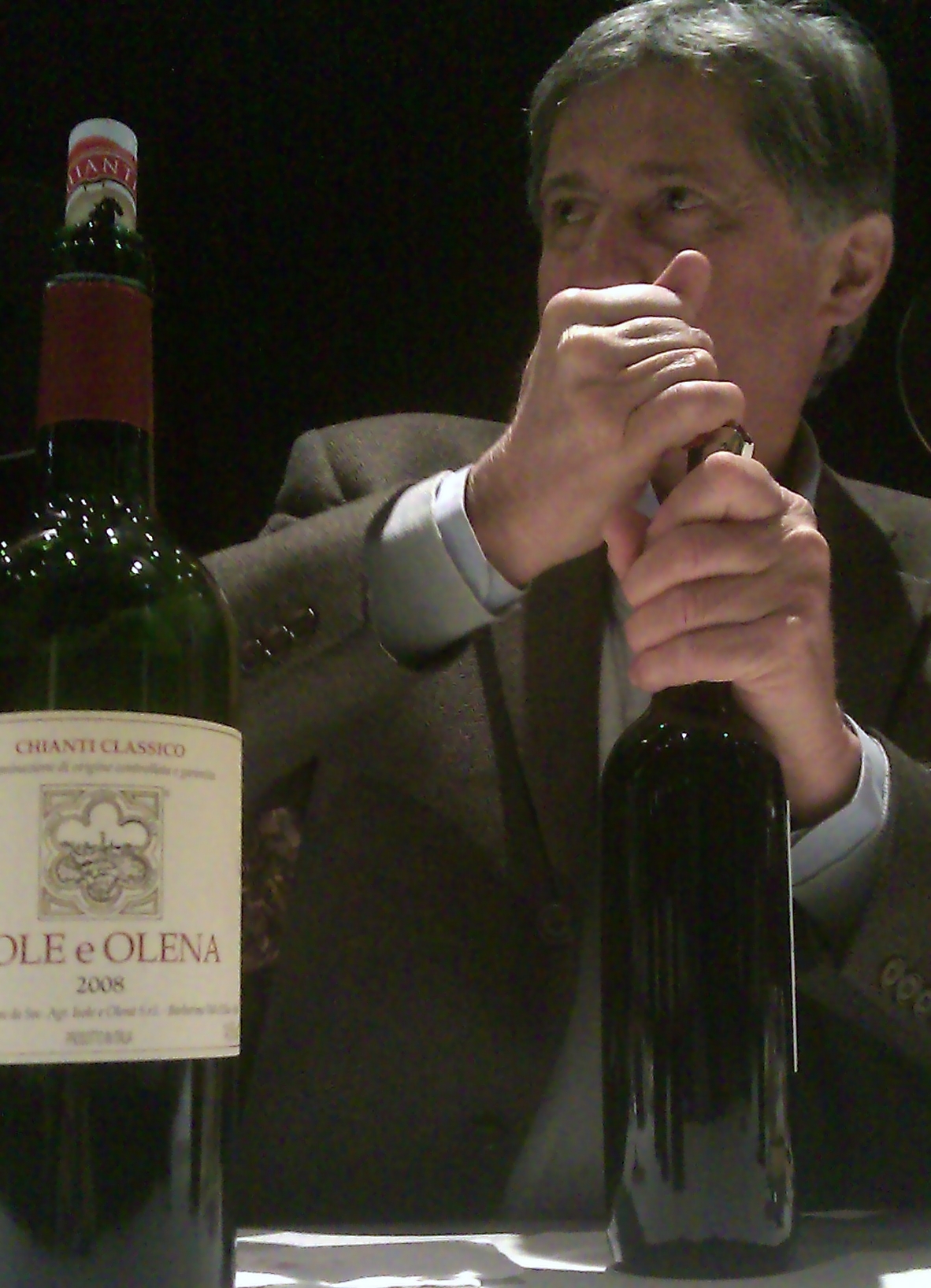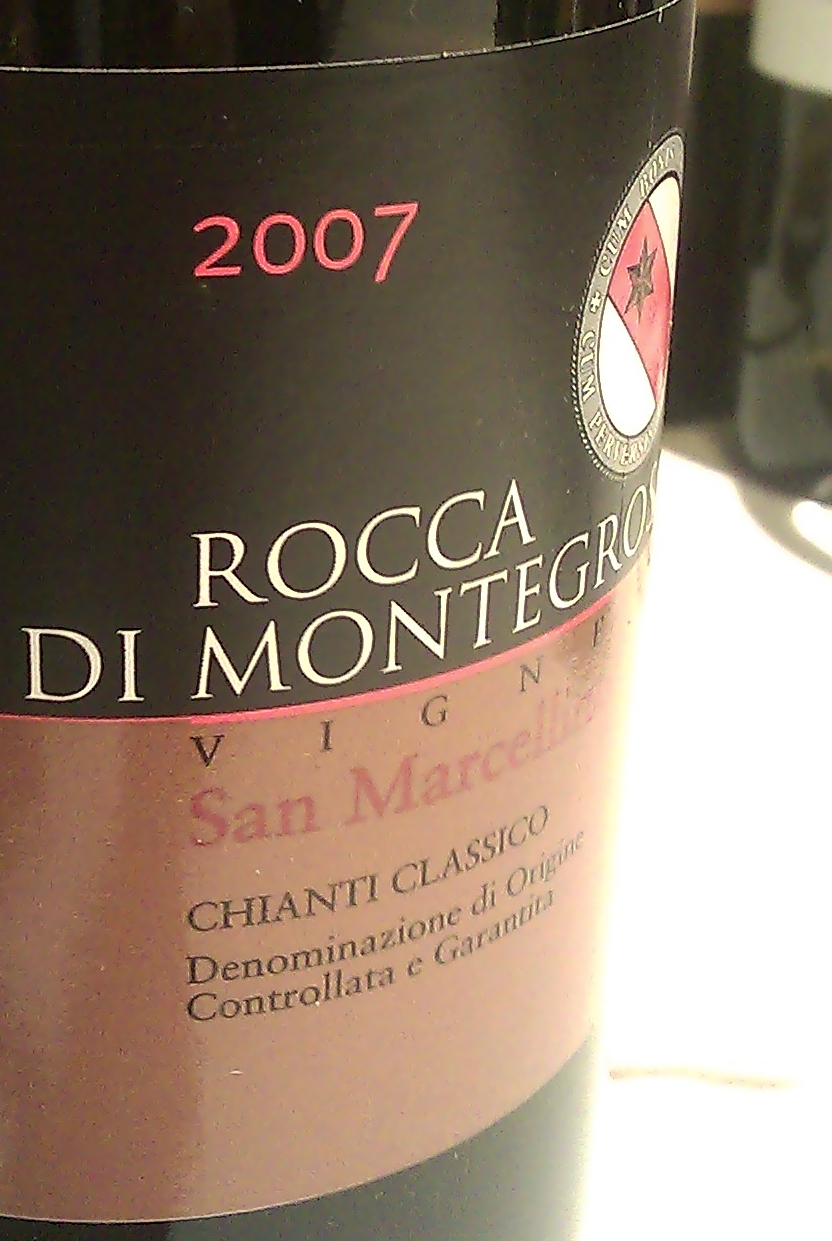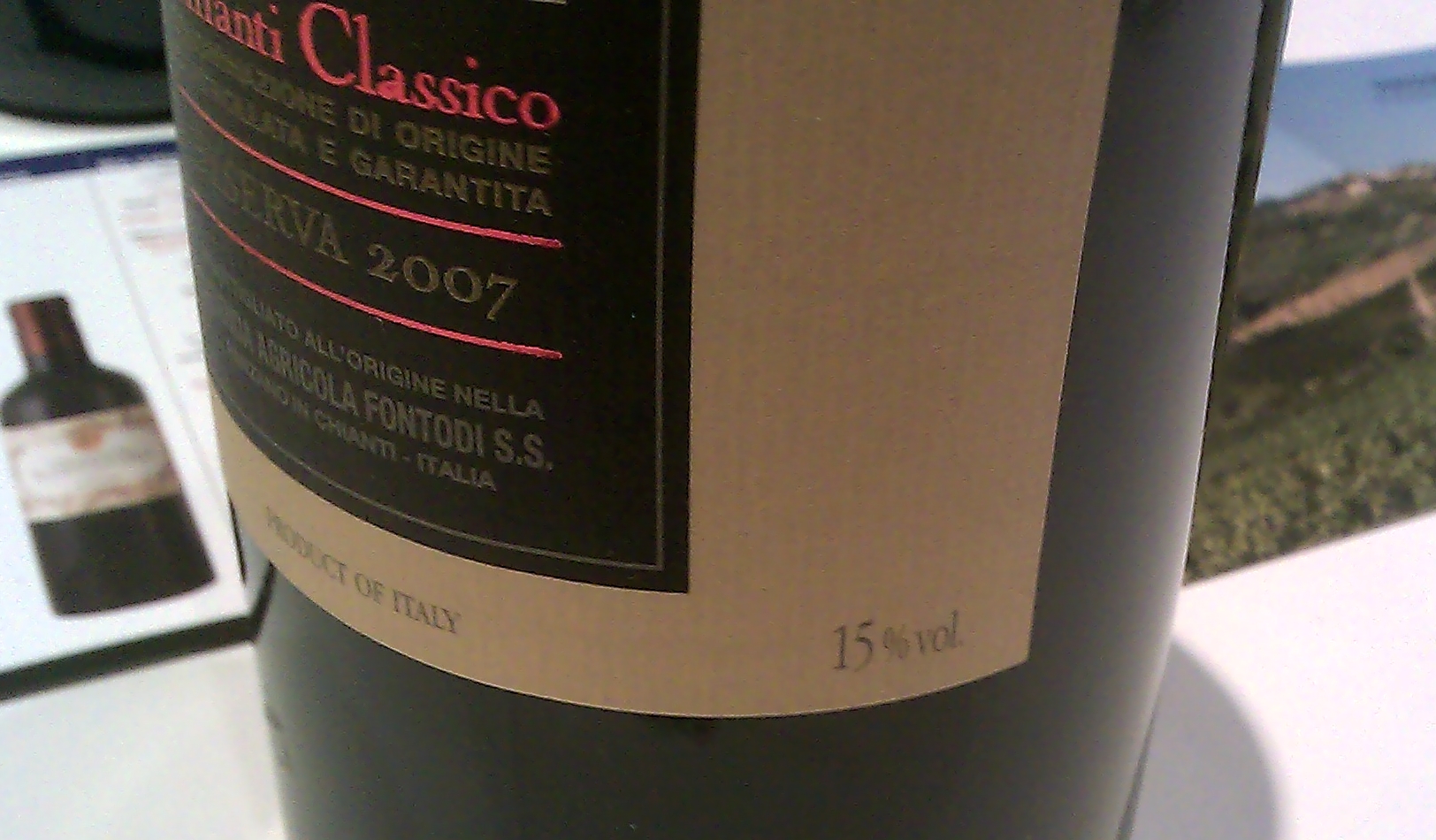Losing breath
Posted on 16 February 2011
Greetings from Tuscany. I’m participating in one of the major events of the tasting calendar: the new vintage preview of Chianti Classico, Vino Nobile di Montepulciano and Brunello di Montalcino. (My reports from last year are here, here and here). The enjoyment potential is that of a marathon. I start feeling good about it when it’s over and I can distil some sensible vintage overview from the hundreds of wines tasted.
I’m done with Chianti today. A few 2009s and 2010s were shown but apart than offering an approximate snapshot of what these vintages might eventually become, it’s really too early to say. 2010 will likely be far less negative than initially expected: I tasted some pretty delicious Sangiovese vat samples and with strict fruit selection, it was clearly possible to make some good wines.
I focused on 2008 and 2007. I’m really happy with 2008. It’s a fresh, vivid, classic vintage that shows what Chianti can do well: a refreshing medium-bodied food wine that is never tiresome. There’s a lot of life to many 2008s, and it makes them very engaging. I have earmarked more than two dozen wines but the best are Castello della Paneretta, Riecine, Fèlsina Riserva and last not least, Isole e Olena, the region’s most distinctive bottling with a fresh flowery perfume that is almost that of an otherworldly Gamay.
In contrast, I’m a little fed up with 2007s. Classicos and especially Riservas tend to be on the heavy side. 2007 was a warm vintage with intermittent rain; freed from the usual midsummer water stress, vines kept photosynthesising almost as if they were irrigated and so Tuscany almost took on a New World character. The result are rich, broad wines with somewhat cooked fruit – and very high alcohol. Sangiovese is a grape that performs well at 14 and more % alc. but Chianti needs freshness too. Wines that somehow balance out include again Paneretta, the very traditional estate of Castell’in Villa, Castello di Ama La Casuccia, Poggerino Bugialla. But I’ve had a rough time tasting the likes of Nittardi or Le Fonti, with their creamy low-acid expression. And one particularly upsetting duo is the Vigna del Sorbo and Flaccianello from the renowned estate of Fontodi. Both show 15% on the label – I suspect there’s a good .5% more in the latter. The fruit in these wines is lovely, the oak is well used and the tannins are actually balanced and soft. But the texture is very oily and so different from Fontodi’s good vintages, and that alcohol just doesn’t taste natural.
It’s interesting to note that although 2007 was less extreme weather-wise than 2003, it produced higher alcohol levels. 2008 and 2010, two temperate vintages, are also stronger in % than comparable vintages from the 1990s. There are many factors influencing this – such as low yields – but the biological balance of the vine plant seems to be gradually changing towards higher sugar concentration in the grapes. High alcohol might sound like an innuendo of mine – I talk about it in Hungary, Croatia and now Italy – but I really believe it’s one of the major challenges we face for the future wine world.
Disclosure
My trip to Tuscany including flights, accommodation and wine tasting programme is sponsored jointly by the consorzios of Chianti, Vino Nobile, Brunello di Montalcino and Sangiovese di Romagna.





